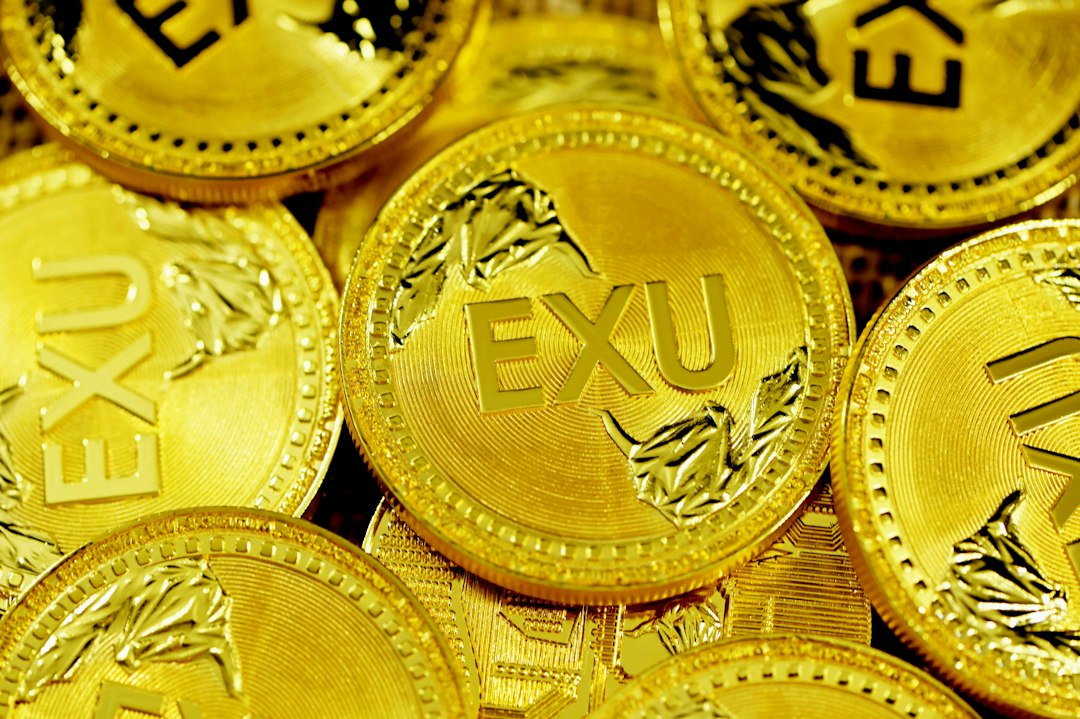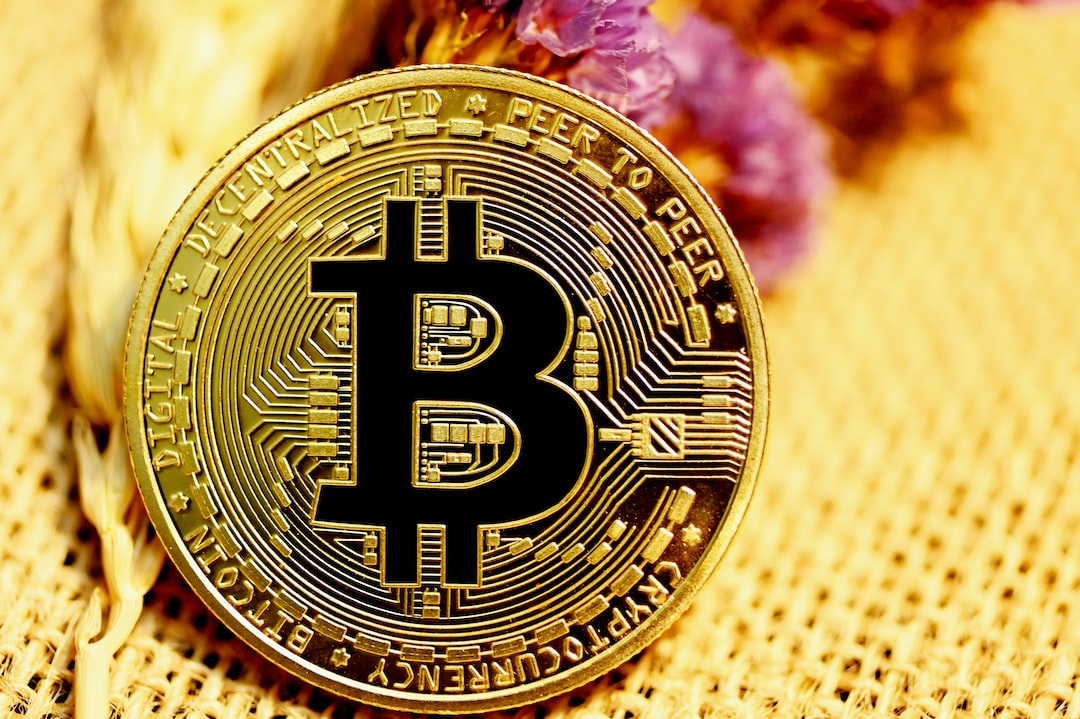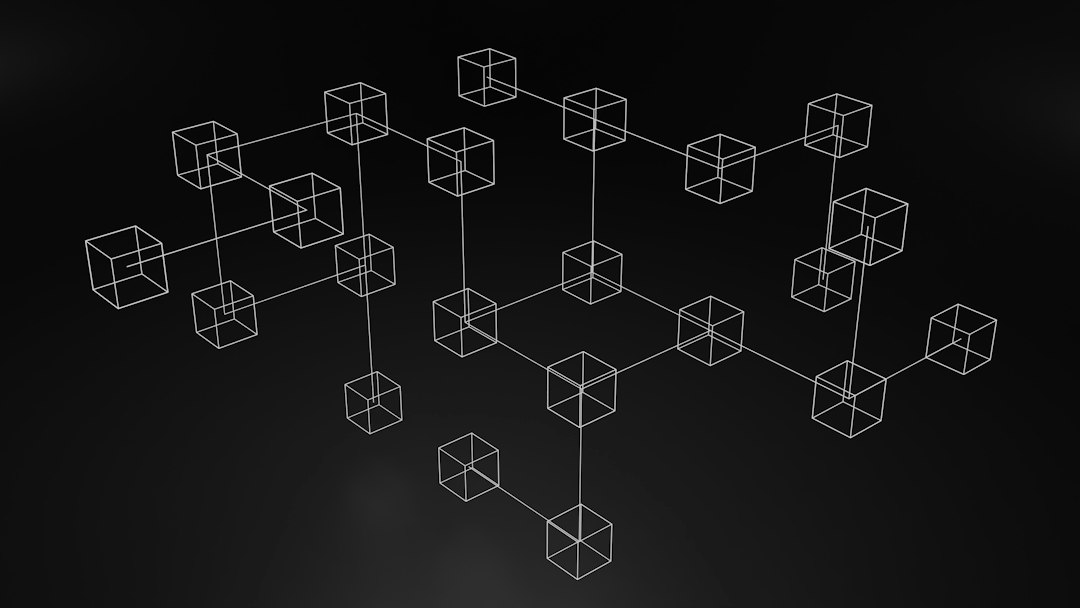The Graph’s Coin (GRT): Powering DeFi and NFTs with Efficient Data Retrieval
Are you interested in exploring the world of decentralized finance (DeFi) and non-fungible tokens (NFTs)? If so, you may have come across The Graph’s coin (GRT), an essential component of both DeFi and NFT ecosystems. In this article, we will dive into the details of GRT and how it powers these revolutionary technologies, using efficient data retrieval methods.
When you participate in DeFi or purchase NFTs, you’re essentially interacting with smart contracts on the blockchain. Smart contracts serve as the backbone of these decentralized systems, enabling seamless transactions and the execution of various operations. However, smart contracts heavily rely on data, such as prices, transaction histories, or user information, to function effectively.
Here’s where GRT comes into the picture. The Graph is an indexing protocol that provides an efficient and decentralized way to query data from different blockchains. The Graph’s primary purpose is to organize and index blockchain data, making it easily accessible for developers building decentralized applications (dApps) and smart contracts.
Let’s break down how GRT works. When a developer wants to retrieve specific data from the blockchain, they can use The Graph protocol to create a subgraph. A subgraph is a sort of data indexing template that specifies which data should be indexed and how it should be organized. The developer can define the specific parameters they need, such as addresses, transactions, or token balances.
Once the subgraph is created, it is deployed to The Graph’s decentralized network of indexers. These indexers are nodes responsible for storing and serving the indexed data to other nodes on the network, called query nodes. The query nodes allow users, including smart contracts and dApps, to access the indexed data efficiently and in a decentralized manner.
By using GRT, developers can save significant time and effort by relying on indexed data rather than accessing the entire blockchain each time they need specific information. This not only increases the speed and efficiency of data retrieval but also reduces the cost in terms of gas fees, a common concern in the blockchain world.
Moreover, The Graph fosters an ecosystem of subgraph developers who create and maintain these data indexing templates. As a result, the broader development community benefits from the collective effort, as more subgraphs become available, covering various aspects of different blockchains. This means that building applications and smart contracts becomes faster, more reliable, and more scalable.
Now, let’s discuss the applications of GRT in DeFi and NFTs. In the DeFi space, GRT is used to power various platforms and services, including decentralized exchanges, lending and borrowing protocols, and yield farming platforms. These platforms heavily rely on data, such as token prices, liquidity pools, and transaction histories, to provide users with accurate and real-time information.
Similarly, in the booming NFT market, GRT plays a crucial role in enabling the smooth operation of platforms for buying, selling, and trading digital assets. NFTs often require data retrieval, such as ownership information, provenance, or metadata, to ensure authenticity and validate transactions. GRT’s efficient indexing and retrieval capabilities make it an ideal choice for NFT marketplaces and platforms.
In conclusion, The Graph’s coin (GRT) is a fundamental component of the DeFi and NFT ecosystems, powering these sectors with efficient and decentralized data retrieval. By leveraging GRT and The Graph protocol, developers can access indexed data quickly and cost-effectively, enhancing the speed, reliability, and scalability of their decentralized applications. Whether you’re interested in DeFi or NFTs, GRT is a key player that you should keep an eye on.
Frequently Asked Questions (FAQs)
Q: How can I buy GRT tokens?
A: You can purchase GRT tokens from various popular cryptocurrency exchanges. Some well-known exchanges that list GRT include Binance, Coinbase, and Kraken. Make sure to do your research and choose a reputable exchange that meets your preferences and geographical restrictions.
Q: How can I use GRT in my own decentralized application or project?
A: To utilize GRT in your dApp or project, you would need to integrate The Graph protocol into your development stack. The Graph provides comprehensive documentation, tutorials, and developer tools to enable easy integration. By leveraging The Graph’s infrastructure, you can efficiently query and retrieve the necessary data from blockchains, enhancing the functionality of your project.
Q: Can I participate in The Graph’s network as an indexer?
A: Yes, you can become an indexer on The Graph’s network, contributing to the indexing and data retrieval process. However, becoming an indexer may require technical expertise and resources to operate the necessary infrastructure. If you’re interested, it’s recommended to review The Graph’s documentation and guidelines to understand the requirements and responsibilities of being an indexer.





 By
By
 By
By
 By
By
 By
By
 By
By
 By
By